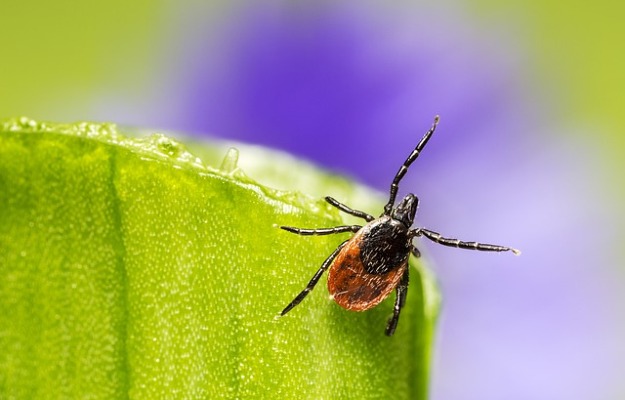Rabies is an acute viral disease that acts on the nervous system of mammals. Dogs, cats, foxes, monkeys and humans are all susceptible to the disease, which is caused by Lyssaviruses of which the rabies virus is the most common.
The virus, which is bullet-shaped when seen under a microscope, is transmitted via the saliva of an infected animal through bites. It is also possible to get it from deep scratches. Rabies affects only mammals, and dogs are globally the largest reservoirs by far. Dogs infected by the virus typically take between two weeks and four months to show symptoms.
India has the highest number of human cases and the majority are transmitted from dogs (the disease is distinguished by the vector so this is called canine rabies).
Rabies is the most deadly disease in the world; once symptoms appear there is nothing that can be done and death is inevitable.
With over 50,000 yearly deaths worldwide, rabies remains a public health concern. Vaccinating your dog is absolutely vital since this is the only defence. And since rabies is a zoonotic disease (it can be transmitted from dogs to people), it is in the best interest of both humans and animals to get vaccinated.




























